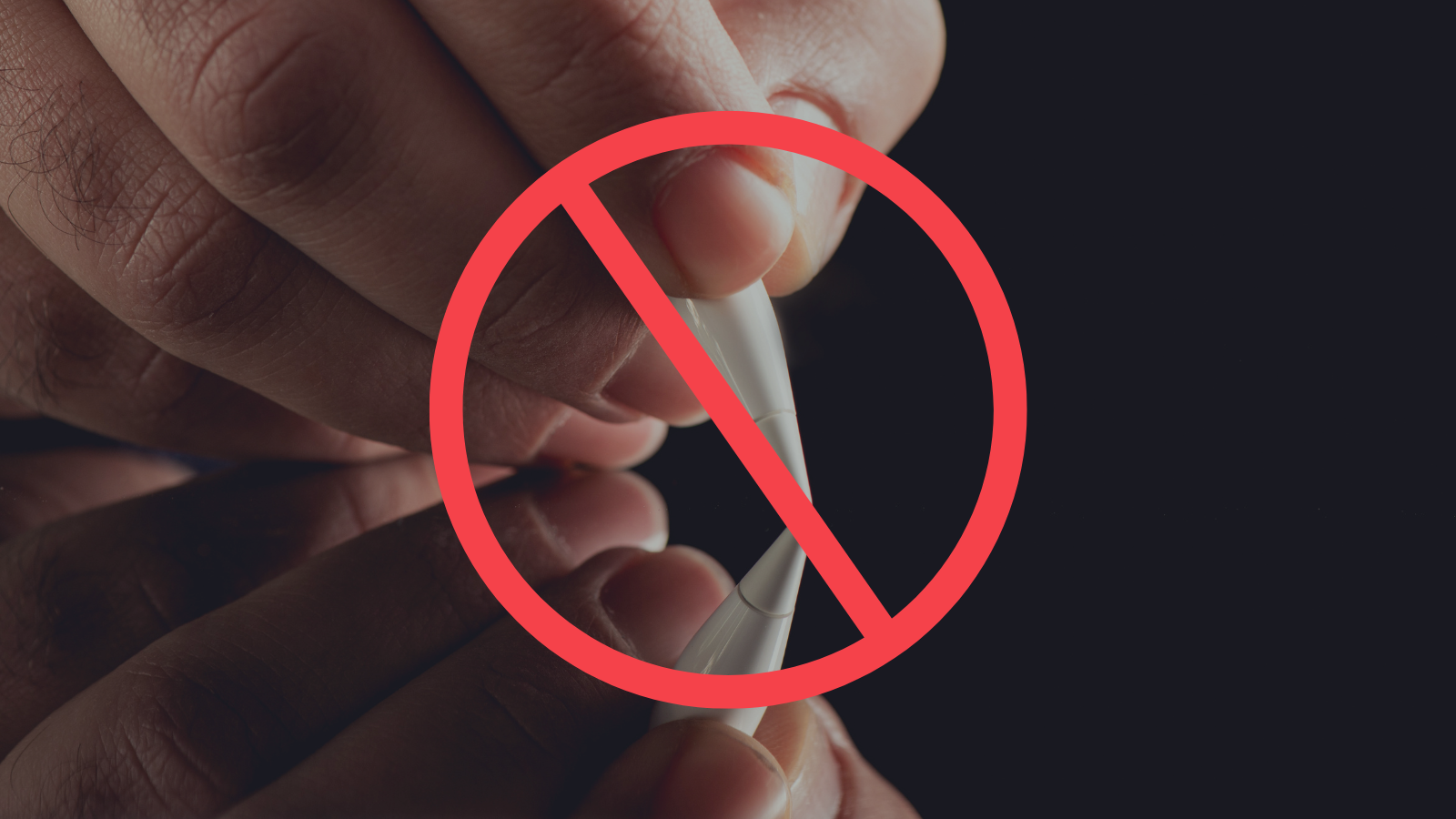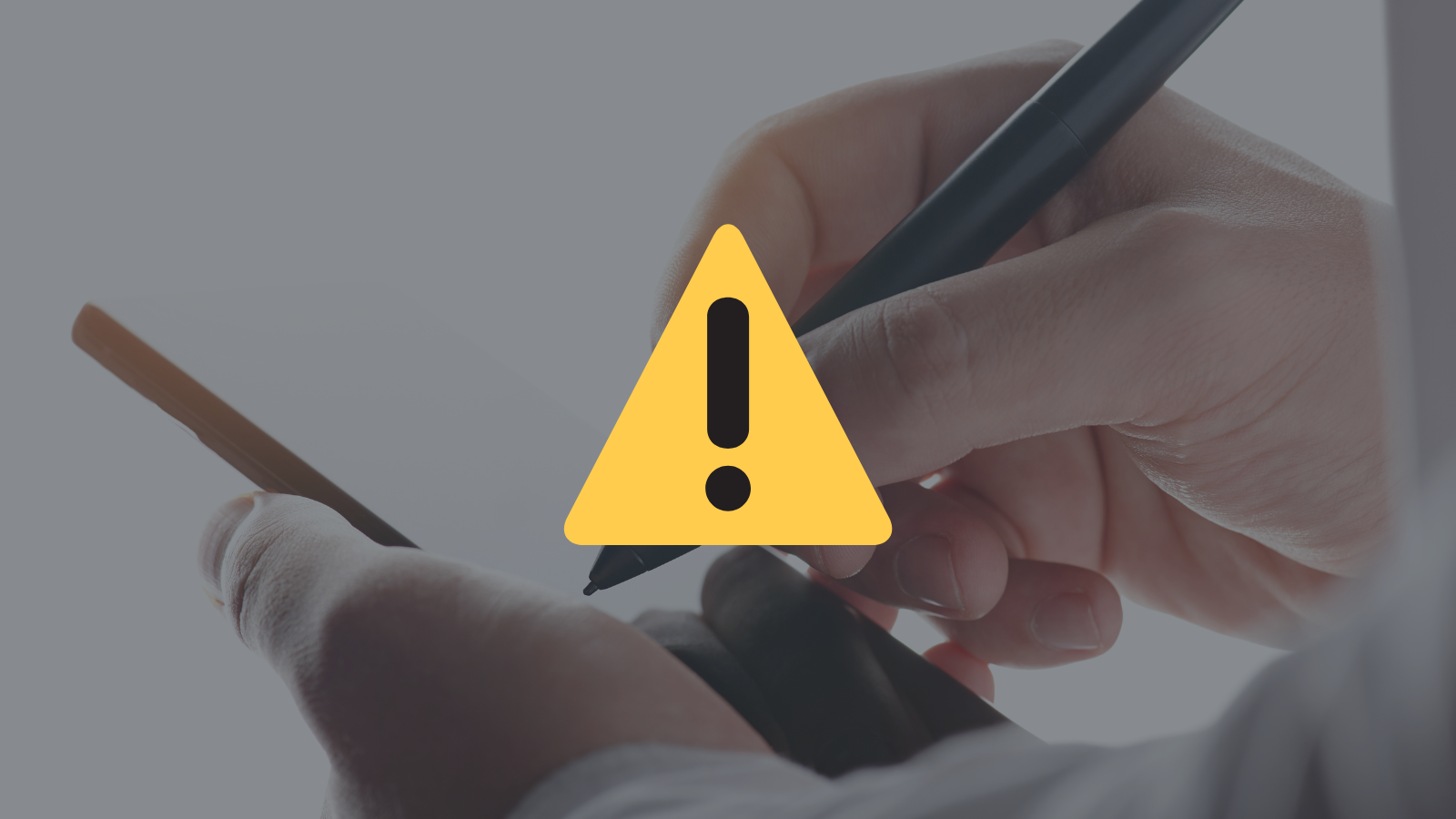
When it comes to getting documents signed quickly, many people still rely on ordinary e-signatures. But are these methods secure enough for the important agreements, contracts, and transactions that shape your business or legal dealings? The truth is, not all e-signatures offer the level of security, authenticity, or legal enforceability you might think.
Fortunately, UNAWA Face Recognition (UFR) e-signatures are here to change the game, ensuring that your digital signatures are as secure and valid as signing on paper — without any hassle. These digital signatures ensure the highest level of security and efficiency in document handling.
Let’s break down why basic e-signatures aren’t enough and why UFR is the future of signing with confidence.
In a rush to go paperless, many professionals rely on basic methods for signing documents digitally, but these shortcuts often come at a cost.
Insecure Methods
Take, for example, the common process of signing a document on paper, taking a photo of that signature, and then uploading it to the digital document. This widely used method feels convenient — but it’s far from secure. When you share an image of your signature, it’s exposed to risks like misuse or tampering.
There’s no way to verify that the image of the signature wasn’t altered or copied without your knowledge. These insecure methods not only jeopardize your document security but also lack the robust protections of modern digital signatures.
No Legal Enforceability
Another popular method is using ordinary e-signatures generated through word-processing apps. While these might be handy for internal use, they won’t hold up in court. Without proper authentication or verification, these signatures lack the legal backing that’s required for important transactions.
In fact, in many jurisdictions, including the Philippines, regular e-signatures may not be recognized under RA 8792 (the E-Commerce Act) as legally binding. For secure document signing, especially in jurisdictions like the Philippines, using an e-signature that complies with the necessary legal frameworks is essential. The biometric verification for e-signatures provided by UFR ensures this level of legal compliance.
Limited Verification and Accuracy
Regular e-signatures lack the verification processes that ensure the signer is who they say they are. Advanced solutions like biometric verification for e-signatures guarantee that the signing process is secure and that the signer’s identity is properly authenticated. Even when drawing signatures on mobile devices, accuracy can suffer, and there’s no way to guarantee the signature’s authenticity.
This lack of proper checks creates room for disputes or fraud, especially in critical transactions.

Many people believe that all e-signatures are created equal. However, not all e-signatures are legally enforceable, and certainly not all offer the same level of security.
“All E-Signatures Are Valid” – False!
One common myth is that any e-signature is valid for legal transactions. In reality, many e-signatures used in everyday situations are not compliant with the legal standards needed for enforceability. For example, a signature drawn on a screen won’t meet the standards required for high-stakes contracts.
Without proper security protocols in place, such e-signatures can be challenged or even invalidated in court.
RELATED: Are Electronic Signatures Legally Binding in the Philippines?
“They’re All Secure” – Not Quite
Another misconception is that all e-signatures are equally secure. Many platforms lack the necessary layers of protection to prevent unauthorized use, which can lead to fraud or identity theft in the case of important documents like contracts or agreements.
Without a way to verify the signer’s identity, there’s no guarantee that the signature is authentic.
“They’re Easy to Verify” – Not Always
Verification is another area where regular e-signatures fall short. Basic e-signatures usually lack the robust verification systems needed for security. Unlike advanced solutions like UFR, which use facial recognition for authentication, regular e-signatures rely on outdated methods, making them less secure and harder to verify in a legal or business setting.

UFR, or UNAWA Face Recognition, takes e-signatures to the next level by adding a layer of biometric security. It’s a combination of facial recognition technology and e-signature solutions designed to verify the identity of the person signing the document. This ensures that the signature is legally enforceable and secure.
One key feature of UFR is its use of a “Manifest.” This digital log captures every detail of the signing process, including facial recognition data, ensuring non-repudiation — meaning signers can’t later deny their signature.
UFR skips the manual steps of signing on paper, taking a photo, and uploading it to the document, making the entire process seamless and efficient.
With UFR, signing is as simple as taking a selfie. It offers both signers and recipients confidence that the document has been securely signed by the intended party, reducing doubts about authenticity and making UFR an unparalleled solution for digital signing in the Philippine market.
UFR’s combination of facial recognition and digital signatures ensures both security and ease of use, meeting the needs of businesses that require secure document signing.
UFR doesn’t just fix the problems with regular e-signatures; it takes digital signing to a whole new level of security and convenience. It sets a new standard in legal e-signatures in the Philippines, providing a streamlined and highly secure solution for digital transactions.
No More Manual Steps
One of the biggest issues with regular e-signatures is the cumbersome process of manually signing on paper, taking a photo of the signature, uploading it, and then placing it on a document. UFR eliminates all these steps. With UFR, the entire process is automated, ensuring faster, more efficient transactions.
Say goodbye to the back-and-forth of manual signatures and enjoy a streamlined digital experience.
Biometric Security
UFR leverages facial recognition to verify the identity of the person signing the document, ensuring that signatures are both secure and tamper-proof. This extra layer of protection is unmatched by any other e-signature platform in the local market.
With UFR, you can be confident that the person signing the document is exactly who they claim to be, ensuring authenticity at every stage.
Ease of Use
One of UFR’s most attractive features is its simplicity. Unlike traditional methods, which can be tedious or inaccurate, UFR allows users to sign documents with just a few clicks — literally as easy as taking a selfie.
This makes it ideal for professionals on the go who need to sign and send documents quickly and securely.
As e-signatures continue to evolve, UFR stands at the forefront, offering the perfect blend of security, convenience, and legal enforceability. In industries like real estate, finance, and law — where contracts and agreements need to be signed quickly and securely — UFR is poised to become the gold standard.
So, why settle for regular e-signatures when you can have UFR’s advanced technology at your fingertips? Are you ready to make the switch?
Sign up for SignSecure for free and start using UFR today!